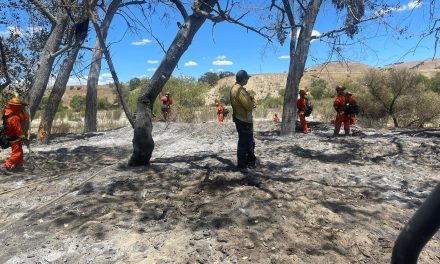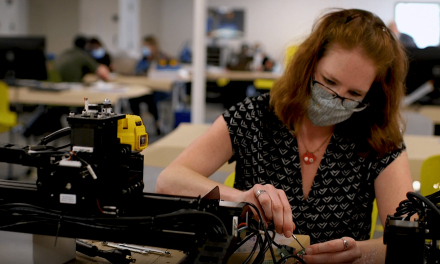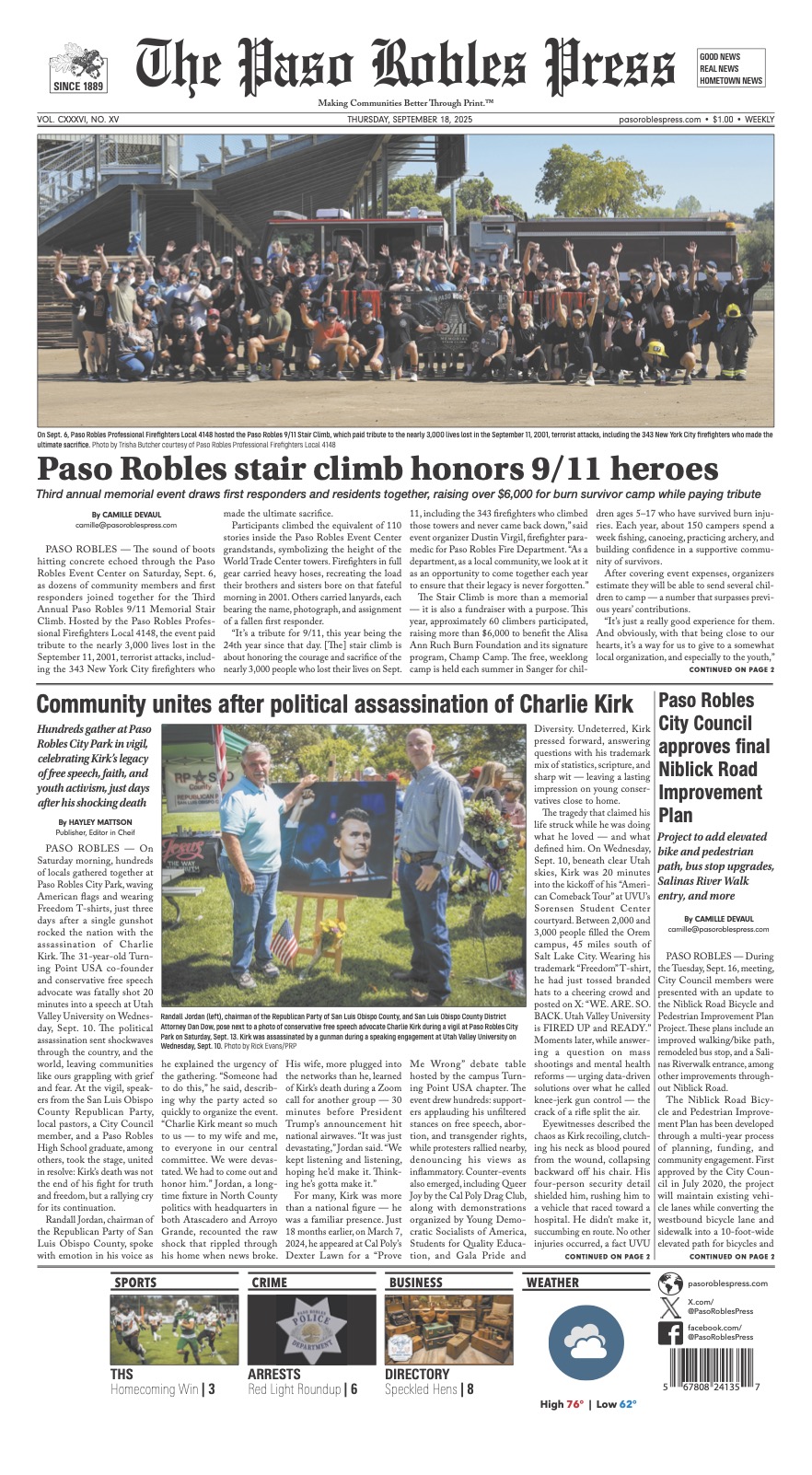County plans for loss of Diablo Canyon power plant
The social media version of the north county’s economy is a snapshot of building momentum while Diablo’s closure closes in. At least that’s the TL, DR, (too long, didn’t read), condensation of data set forth at the State of the North County economic report held May 18th in Atascadero.
The longer version, that there is much residents and businesses can be hopeful about, is tempered by a glass half full, because the county faces closure of one of its biggest, most lucrative employers.
Heavily attended by dozens of business leaders and public officials, the event showcased the finely tuned tourism machine stakeholders have at their disposal, and with $1.59 billion in tourist dollars received last year, it seems to be working. Fears remain that PG&E’s looming closure of Diablo Canyon nuclear power plant will sack the majority of more than 1,500 employees pulling down solid six-figure incomes. More than 250 of those live in just Atascadero, alone. How will the economy make up the slack?
“There’s not one silver bullet,” admitted event speaker, Chuck Davison, who sits as CEO of Visit SLO CAL, the recently reimagined nombre for San Luis Obispo County’s tourism advocacy agency. Indeed Pacific Gas and Electric (PG&E) will shutter Diablo in 2025—
“—and while seven years may seem like a long time, you who own or manage businesses know that time will pass incredibly quickly,” reminded event speaker Bob Linscheid. To be fair, the company does plan a sizeable economic infusion to make for a softer landing.
Dual hatted speaker Pat Mullen walked attendees through a Powerpoint presentation that set forth SLO CAL’s strategy to grow the local economy.
- Economic development may be about jobs, especially head-of-household jobs, but it is more about the whole economic ecostructure, and that means exporting goods and services.
- Business and economy grow when all shareholders work together, producing jobs, workforce housing and marketing the area effectively.
- There has to be a pro-business attitude at city hall and a strong chamber of commerce presence
- Economic development is never finished.
Bob Lindscheid, special advisor to Cal Poly San Luis Obispo President Jeffrey Armstrong, casually admitted school officials might like to grab a piece of the sizeable non-powerplant complex at Diablo; one PG&E representative waived off the circling educators, saying the utility would need a good portion of the property even after the planned 2025 closure; many jobs would remain. Sighs of relief from city managers with paychecks funded in part from Diablo tax revenues, were widespread if not audible.
Lindscheid walked back from interest in Diablo property, noting Cal Poly recently dedicated the first phase of a planned, 200,000 square foot campus technology center. G.E. Technology recently announced it would become the first tenant.
Not to be outdone, Mullen gave a short, concentrated tour of Cuesta’s Paso Robles campus, mentioning a healthy increase in enrollment and a 32,000 square feet of expansion scheduled this year. He punched up the differences in focus between Cal Poly and Cuesta, noting the value of a technical education that prepares students for the kind of work the new economy is poised to invent.
“Job skills are ultimately more important than pedigree or degree.” Mullen serves as community college board president when not leading the customer service department at PG&E.
Paso Robles city manager Tom Frutchey took stock of the city’s ten year old economic plan to make Paso a place where people want to live, work, shop and play, leading with a report the city enjoyed a 3.8% jobless rate, the best in the county and much better than state and national averages; essentially every adult of working age is employed. Housing still lags, though.
“We need 200 to 300 new housing starts a year, just to keep up with the rate of students graduating.”
Frutchey illustrated projects in the works designed to catch up: River Oaks II will bring 270 new homes to Paso Robles, while Oak Park III will increase the number of affordable homes to the city. He also put some positive spin on an unpopular new gas tax from Governor Jerry Brown, noting the supplemental tax would mean that most city residents will see improvements coming to the major streets near their homes. No mention was made of progress on a planned Hwy 46E/101 interchange.
SLO CAL director Davison detailed efforts to build the county’s tourism economy, which currently employs one in eight residents. Benefits have accrued from a 1% transient occupancy and tourism tax hike including bigger travel marketing budgets, rising from under a million dollars to nearly $3.9 million. Once attendees filtered through arcane marketing-speak like “brand lift” and “awareness and clarity,” they sampled a sideboard stocked with commercials and airline magazine features that aimed at Central Coast attractions like Hearst Castle, and wine country ambiance. The Amgen Tour of California produced two hours of San Luis Obispo County advertising on ESPN; priceless exposure no ad budget could afford.
The fast lane is overrated, find your pace in SLO CAL, the tag line from a glossy new ad campaign that features a stunningly saturated 8K video marketing tool designed to offer a SLO respite to urban warriors. The vid features backlit sunset horse and rider, low helicopter shots around Morro Rock, dune-skiing in Los Osos and couples kissing at Paso Robles wine country weddings.
Davison and staff attend marketing conventions, schmoozing and peddling the SLO life, travelers are surveyed, all efforts that seem to be working. There are pragmatics behind the glitz. Layered tourism marketing efforts, according to Davison, saves each county taxpayer nearly $600 a year; enough for 119 miles of new road, or say, 900 police officers.
Another success story, Alaska airlines, whose new Seattle service in and out of KSBP airport, is running at 85% capacity. SLO CAL behind the scenes efforts included a sizeable funding guarantee to the airline, if it didn’t make a profit. United is right behind with service to Denver awaiting completion of a multi-million dollar airport terminal at San Luis Obispo.
“46% of those surveyed registered positively about visiting San Luis Obispo County,” said Davison.
Perhaps there will be enough of them to help us de-horn our Diablo Anxiety.












